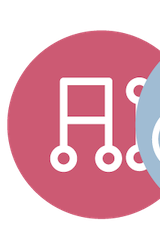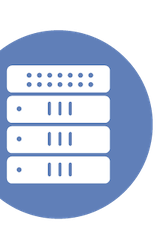cPacket AI for Network Observability
Event: Networking Field Day 35
Appearance: cPacket Presents at Networking Field Day 35
Company: cPacket
Video Links:
Personnel: Norm Bright, Ron Nevo
cPacket is leading the way in leveraging AIML to provide meaningful actionable insights for the NetOps engineers. With the increased complexity of the networks, and the challenges to hire and train network experts, NetOps teams are looking for the “easy button” to identify, and root-cause issue before they impact their users. cPacket is using our experience in creating and interpreting packet data to create simple text based insights for network operation engineers that can point them to the problem and its root-cause, sifting through billions of sessions metrics every day.







